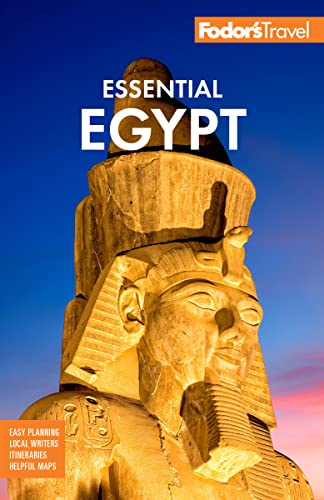In 1905 the Belgian industrialist Édouard Louis Joseph, Baron Empain, bought a swath of land northwest of Cairo. His plan was to build a new self-sustaining community in the desert with housing, shops, and recreation facilities, which came complete with luxuries like street lighting, water, and drainage, plus a tram link to the capital. The town he called Heliopolis became a hit with upper-class Egyptians and expat movers and shakers. It remained an oasis of well-manicured mansions, of weekends at the country clubs, and of cocktail parties with the social elite until the coup d'état of 1952.
By the 1990s, Heliopolis had been swallowed by the massive growth of Cairo and was decaying under decades of neglect. However, Suzanne Mubarak, wife of President Hosni Mubarak and a native of Heliopolis, pledged to save her home neighborhood, a campaign which has revived the heart of Heliopolis. It's now one of Cairo's most charming districts.
There are no particular attractions here. The early-20th-century palace, modeled on Angkor Wat Temple, that Empain built for himself now stands empty and isn't open to the public. The grand Heliopolis Palace Hotel is now the presidential palace, set behind well-guarded walls. However, the Downtown core—the Korba—a diminutive quarter of ornate colonnaded streets in neo-Renaissance style, is now gentrified with a smart coat of paint and is a lovely place to relax. The colonnades now house cafés, boutiques, and jewelry shops where the well-to-do families of the area stroll in the evenings.




